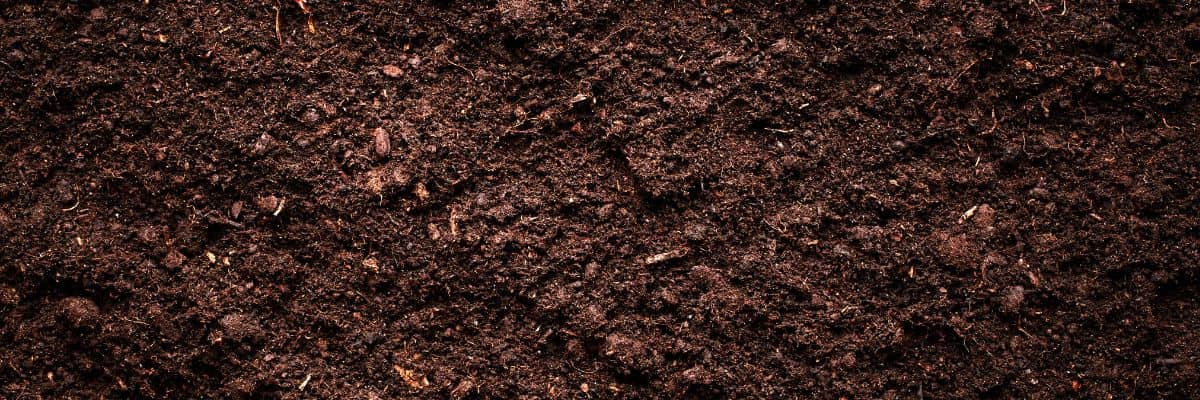Historically, academic science often overlooked traditional knowledge, particularly from Indigenous communities, and systematically excluded women from its ranks. This gender disparity persists today, with women comprising only 32% of members in global soil science societies (Dawson et al., 2021), and few hold senior positions. Celebrating the achievements of female leaders in soil science can help bridge this gap, alongside global initiatives promoting inclusivity.
Additionally, various modern disciplines, such as ethnopedology, explore soil knowledge beyond traditional soil science academic practice. This inter-disciplinary field encompasses the soil and land knowledge systems of both ancient and contemporary rural populations (Barrera-Bassols and Zinck, 2003). Fields like humanities, sociology, human geography, and science and technology studies offer diverse methodologies that enhance our understanding of soils and can enrich the soil science scholar.
Detailing the historic and current contributions to soil science of different cultures, identities and disciplines is beyond the scope of this online resource but we urge those working in soils to familiarise themselves with the large body of literature available on this subject and incorporating this knowledge into their discipline and practice. Diversity is recognised as supporting a community that can appropriately tackle grand and complex challenges, and we advocate for the appreciation of the diverse contributions historically to our discipline but also to nurture a future community that is representative, accessible and inclusive.



.jpg)
.jpg)
.jpg)
.jpg)
.jpg)